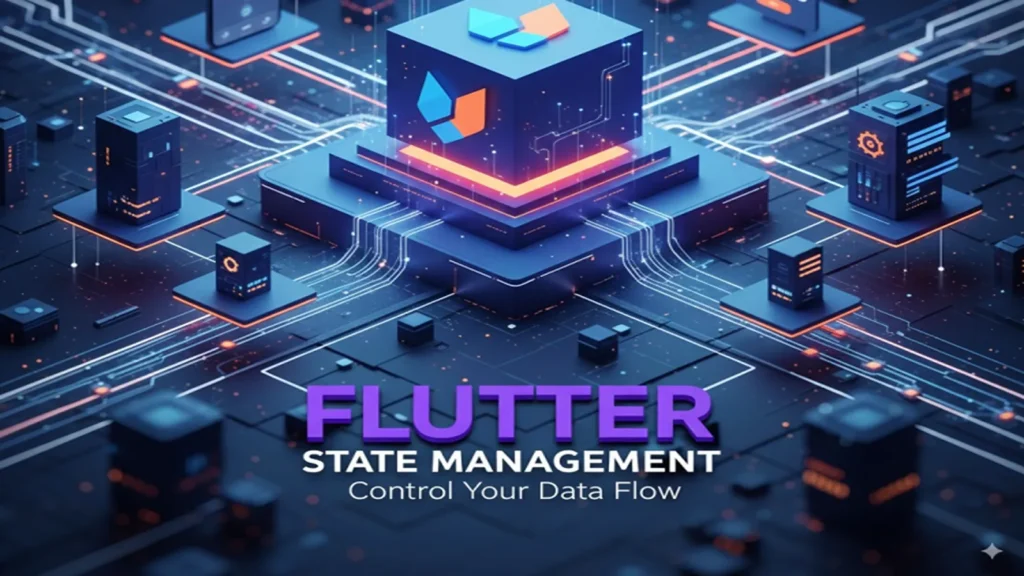
State management is one of the most crucial aspects of Flutter development, and choosing the right solution can make or break your app’s architecture. Enter Riverpod, a revolutionary state management library that has transformed how Flutter developers handle application state. Created by Remi Rousselet, the same mastermind behind Provider, Riverpod addresses many limitations of its predecessor while introducing powerful new concepts that make state management more robust, testable, and maintainable.In this comprehensive guide, we’ll explore everything you need to know about Riverpod, from basic concepts to advanced patterns, complete with practical examples and best practices.
What is Riverpod?
Riverpod is a state management library for Flutter that provides a declarative and type-safe way to manage application state. The name “Riverpod” is actually “Provider” spelled backwards, symbolizing how it reimagines and improves upon the Provider pattern. Unlike traditional state management solutions, Riverpod is built around the concept of “providers”, objects that encapsulate state and business logic. These providers are completely independent of the widget tree, making them easier to test and reason about.
Key Features of Riverpod
- Compile-time Safety: Catches errors at compile time rather than runtime, reducing bugs and improving developer experience.
- No BuildContext Required: Providers can be accessed from anywhere without needing a BuildContext.
- Automatic Disposal: Resources are automatically cleaned up when no longer needed.
- Excellent Testing Support: Providers can be easily mocked and overridden for testing.
- DevTools Integration: Built-in Flutter DevTools support makes debugging state changes effortless.
- Hot Reload Friendly: Changes to providers are preserved during hot reload.
Getting Started with Riverpod
Installation
Add the following dependencies to pubspec.yaml:

Then run: flutter pub get
Basic Setup
Wrap your app with ProviderScope:
Core Concepts
Providers
Providers are the foundation of Riverpod. They encapsulate state and can be consumed by widgets.
Types of providers:
1. StateProvider
The simplest provider for mutable state:

2. Provider
For exposing read-only values:

3. FutureProvider
Handles asynchronous operations:

4. StreamProvider
For reactive data streams:

5. StateNotifierProvider
For complex state management:

ConsumerWidget vs Consumer
- ConsumerWidget: Replace StatelessWidget to access providers.
- Consumer: Wrap only part of the widget tree for more granular control.
Advanced Patterns
- Family Providers
- Provider Dependencies
- AutoDispose
- Provider Override for Testing
- Code Generation
Best Practices
- Structure your providers
- Choose appropriate provider types
- Handle loading & error states
- Use ref.listen for side effects
- Leverage provider dependencies
Common Patterns and Use Cases
- Authentication State
- Form State
- Debugging & DevTools
Migration from Other Solutions
- From Provider: Riverpod offers type safety.
- From BLoC: Replace with StateNotifierProvider.
- From GetX: Better testability, no context needed.
Performance Considerations
- Optimizing Widget Rebuilds – Use .select.
- Caching with Family Providers.
Conclusion
Riverpod represents a significant evolution in Flutter state management. With compile-time safety, automatic cleanup, DevTools integration, and robust provider patterns, it’s one of the most developer-friendly and scalable approaches for Flutter apps. By mastering the concepts and best practices in this guide, you’ll be ready to use Riverpod effectively for apps of any complexity.
